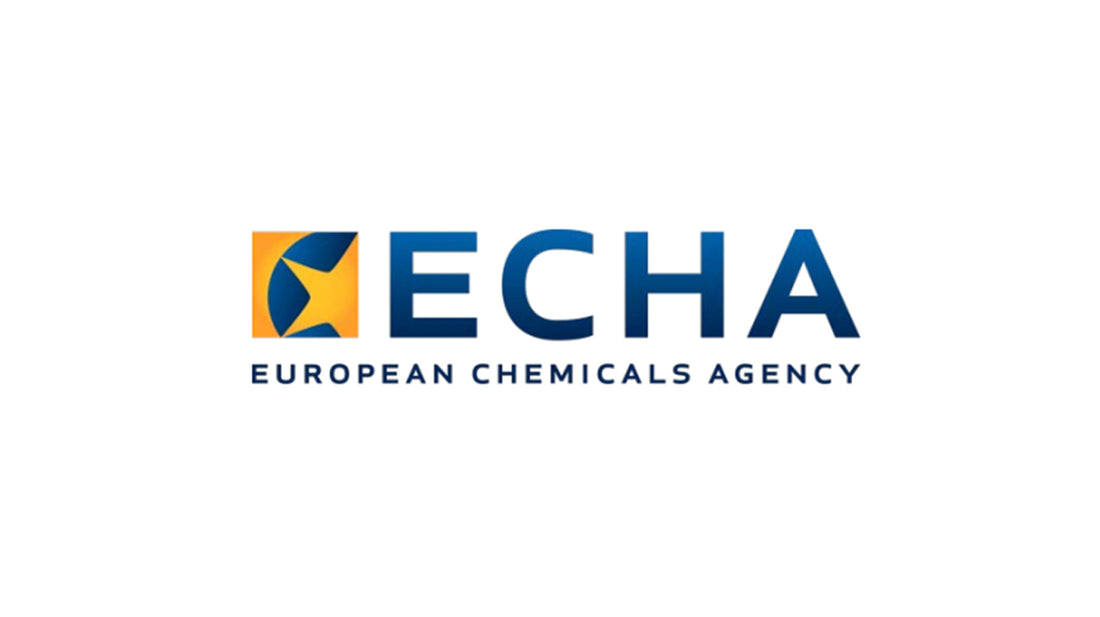Understanding UFI: A Comprehensive Guide to Compliance


If you’re involved in the world of candle making or any other business that handles hazardous substances, you’ve likely come across the term UFI. A Unique Formula Identifier (UFI) is a 16-alphanumeric code required on the packaging of all products classified as a health or physical hazard, ensuring that essential information about the product is easily accessible in case of an emergency. Here’s everything you need to know about what a UFI is, how to generate it, and what to do with it.
A Unique Formula Identifier (UFI) is a code that uniquely identifies a mixture on the market in the European Union (After Brexit, it is NOT applicable for products in GB, however, does apply in NI). It’s a part of the Poison Centres Notification system (PCN) and ensures that accurate information about the mixture is available to poison centres in case of an emergency.
The UFI is generated using your company’s VAT number (if you do not have a VAT number, that’s fine – there is an option to generate a UFI without) and a unique mixture-specific formulation number, which you should assign to your products if you have not done so already. Ensure you have these details handy.
The European Chemicals Agency (ECHA) provides an online UFI Generator tool. Input your VAT number (or tick the box to confirm you’d like to generate a UFI without a VAT no) and the mixture formulation number into the tool to create your UFI.
Once generated, the UFI must be included on your product’s packaging and any associated safety data sheets (SDS). It should be clearly visible and legible.
After labelling, you need to submit a Poison Centres Notification dossier via the ECHA’s Submission portal. This includes detailed information about the mixture’s composition, uses, and the UFI.
To ensure a smooth UFI generation and submission process, avoid these common pitfalls:
• Guessing Mixture Codes: Always use accurate and specific formulation numbers. Guessing or reusing numbers can lead to errors and compliance issues. Proper documentation and record-keeping of each mixture code are crucial.
• Ignoring Updates: Regulatory changes can affect UFI requirements. Regularly check for updates from the ECHA to ensure continued compliance. Bookmark the ECHA news page here.
• Neglecting Clarity: Ensure that the UFI is clearly visible and legible on the product packaging and the safety data sheet. Use a font size and colour that stands out to avoid any readability issues.
A UFI ensures that accurate information about a hazardous mixture is readily available to poison centres in case of an emergency. It helps in the quick identification of the mixture and the provision of relevant medical advice.
You can generate a UFI using the ECHA’s online UFI Generator tool. You will need your VAT number or company key and a unique mixture-specific formulation number. Access the tool here.
The UFI should be included on the product label and the safety data sheet (SDS). It must be clearly visible and legible.
UFIs are required for all products classified as a health or physical hazard under the EU’s CLP (Classification, Labelling, and Packaging) Regulation.
Yes,
if the products share the same composition. For example, a 9cl, 20cl and 30cl candle could have the same CLP if they are made with the same composition.
Common errors can be due to incorrect VAT numbers, duplicate UFIs, or incomplete information. Double-check all entered details and consult the ECHA helpdesk if issues persist. Contact the helpdesk here.
You need to update your UFI if there are significant changes to the mixture composition. Regularly review your mixtures and ensure that the UFI and PCN submissions reflect the current formulations.
No, a VAT number is typically required to generate a UFI, as it is used along with a unique mixture-specific formulation number to create the 16-character code. This ensures that the UFI is unique and traceable back to the specific company and mixture. However if you do not have one, or If you do not wish to use the company VAT number, you can use a 'company key' which you can generate from the UFI Generator tool. The UFI Developers Manual will guide you through this process.
Generating and submitting a UFI is important in ensuring your products are safe and compliant with EU regulations. By following the steps outlined above and avoiding common mistakes, you can simplify the process and avoid potential issues. For more detailed guidance, you can visit the ECHA’s website or contact Candle Shack customer support at [email protected] candle making, and stay safe!